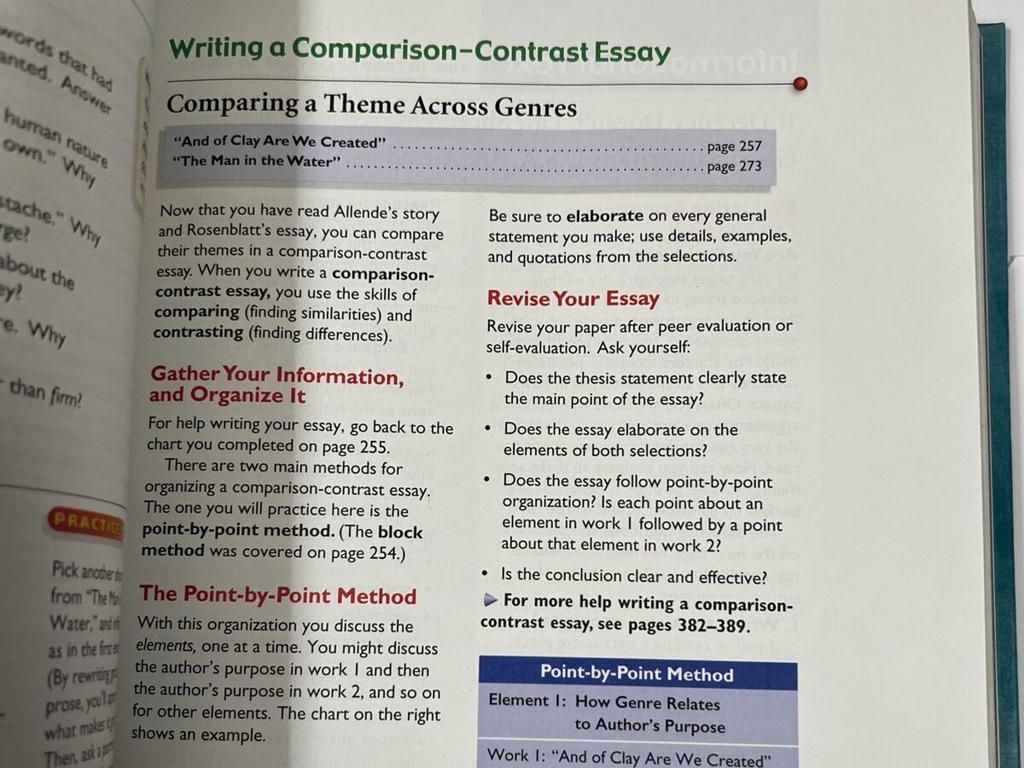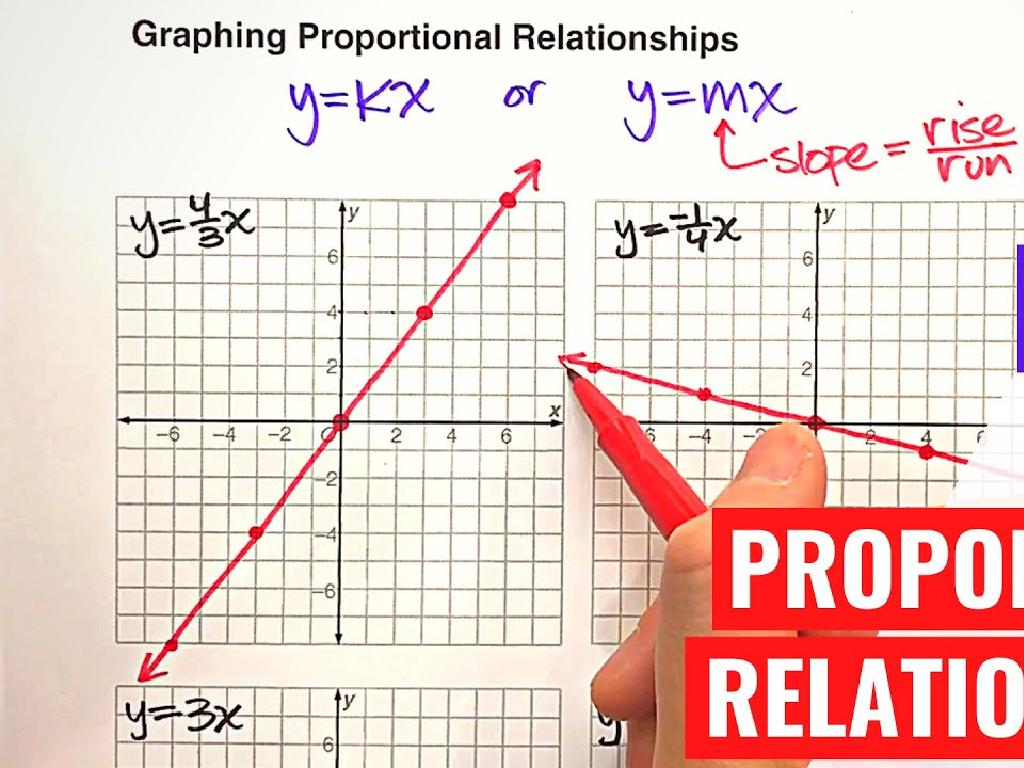Subtraction Word Problems - Up To 10
Subject: Math
Grade: First grade
Topic: Subtraction Word Problems Up To 10
Please LOG IN to download the presentation. Access is available to registered users only.
View More Content
Welcome to Subtraction!
– Learning to take away
– Subtraction shows what’s left
– If you have 5 apples and eat 2, subtraction tells you 3 are left.
– Solve subtraction problems
– We’ll work through problems like 10 – 4 and 8 – 3.
– Practice with fun activities
– Use toys or fingers to make it fun and easy to understand.
|
This slide introduces first graders to the concept of subtraction as a means of finding out how many items are left after some are taken away. Emphasize that subtraction is simply ‘taking away’ and use relatable examples, such as playing with toys or eating snacks, to illustrate this point. Encourage the students to visualize the subtraction process by using physical objects or their fingers. Provide a variety of simple subtraction word problems for the class to solve together, ensuring that the numbers used do not exceed 10. Incorporate engaging activities where students can practice subtraction in pairs or groups to reinforce their understanding. The goal is to make subtraction feel like a fun and approachable part of math.
Understanding Subtraction
– Subtraction means taking away
– Like having 5 candies and giving 2 away
– Use a minus sign (-) for subtraction
– Example: 5 apples – 2 eaten
– Start with 5 apples, eat 2, how many are left?
– How many apples left?
– Practice with different numbers of items
|
This slide introduces the concept of subtraction to first graders by relating it to a simple real-life situation of having a certain number of items and then taking some away. The use of the minus sign is explained as the symbol for subtraction. The example provided uses apples to create a visual and tangible context for the students. Encourage the students to visualize the apples and the act of eating them to understand the concept of subtraction. After explaining, ask the students to think about how many apples would be left to reinforce the concept. The teacher should prepare additional similar examples with small numbers and possibly use physical objects like counters or drawings to help students grasp the concept.
Solving Subtraction Word Problems
– Word problems are number stories
– Read the story, find numbers to subtract
– If a story says 5 apples and 2 are eaten, we subtract 2 from 5.
– Let’s solve a problem together!
– Example: 10 balloons, 3 flew away. How many are left?
– Practice makes perfect
|
This slide introduces first graders to the concept of subtraction word problems. Start by explaining that word problems are like stories that involve numbers where we find out what to subtract to get the answer. Emphasize the importance of understanding the story to figure out what the numbers are and what needs to be taken away. Work through an example problem as a class to demonstrate the process. Encourage students to visualize the problem and use objects or drawings to help them understand the subtraction. Provide additional simple word problems for practice and ensure that students are comfortable with the concept before moving on.
Let’s Solve Together: Balloon Subtraction
– Tommy starts with 7 balloons
– 3 balloons fly away
– We subtract: 7 – 3
– Subtract the number of balloons that flew away from the total
– Tommy has 4 balloons left
– The answer shows how many balloons are left
|
This slide presents a simple subtraction word problem to help first graders understand the concept of taking away. Start by reading the problem aloud and identifying the numbers involved. Explain that subtraction is like ‘taking away’ and show how to set up the subtraction sentence. After solving the problem, confirm the answer by recounting the remaining balloons. Encourage students to visualize the problem with actual balloons or drawings if possible. For the activity, have students come up with similar subtraction stories using different numbers up to 10 and share with the class.
Your Turn to Try: Sally’s Crayons
– Sally starts with 10 crayons
– She gives away 4 crayons
– How many does Sally have now?
– Let’s subtract: 10 – 4
– Use blocks or fingers to take away 4
|
This slide presents a subtraction word problem for the students to solve. It’s a practical example to help them understand subtraction in a real-world context. Start by reading the problem aloud and ask the students to visualize Sally with her crayons. Guide them to identify the numbers involved in the problem. Encourage them to use physical objects like blocks or their fingers to represent the crayons and subtract four to find the answer. This tactile approach helps reinforce the concept of subtraction by ‘taking away’. After the activity, discuss the problem as a class and ensure everyone understands how we arrived at the answer.
Practice Makes Perfect: Solving Subtraction Problems
– Let’s solve subtraction problems
– Find the numbers to subtract
– Look for two numbers in the problem that are less than or equal to 10
– Say the problem out loud
– Reading the problem can help you figure out what to subtract
– Understand the problem
– Make sure you know what the problem is asking
|
This slide is aimed at reinforcing the students’ ability to solve subtraction word problems. Encourage the students to actively participate by solving the problems together as a class. Remind them to identify the numbers within the problem that need to be subtracted, which should be 10 or less. Prompt them to verbalize the problems as this can aid in comprehension and ensure they understand the question being asked. Provide a few example problems and solve them step by step, asking students to explain the process. For instance, ‘If you have 8 apples and you give away 3, how many do you have left?’ This interactive approach will help solidify their understanding of subtraction within 10.
Class Activity: Subtraction Scavenger Hunt
– We’re having a scavenger hunt!
– Find items and solve subtraction problems
– Example: 8 markers, take 3, how many left?
– Starting with 8 markers, if you take away 3, you subtract 3 from 8 to find out how many are left.
– Think, solve, and have fun!
|
This activity is designed to make learning subtraction fun by incorporating it into a scavenger hunt. Set up various stations around the classroom with different items and quantities. Provide students with a worksheet to record the items they find and the subtraction problems they solve. For example, if a station has 10 blocks and they use 2 in their hunt, they should write down ’10 – 2 = 8′ to show how many blocks are left. Encourage students to work in pairs or small groups to foster teamwork. Possible variations of the activity could include finding differences in the number of books on a shelf, subtracting the number of pencils they take from a container, or any other creative subtraction scenarios you can set up in the classroom.
Subtraction Success!
– Congrats on learning subtraction!
– Subtraction means taking away
– Like 5 apples – 2 apples = 3 apples
– Practice with others or alone
– Try subtracting toys, candies, or pencils
– Keep practicing to get better!
– The more you practice, the easier it gets
|
This slide is meant to congratulate the students on their hard work learning subtraction through word problems and to remind them of the basic concept of subtraction as ‘taking away.’ Encourage them to practice with friends and family to reinforce their understanding. Provide examples of simple subtraction they can do at home, like playing with toys or sharing candies. Remind them that subtraction is a skill that gets easier with practice. For the next class, consider preparing a small subtraction activity or game to continue building their confidence and proficiency.






